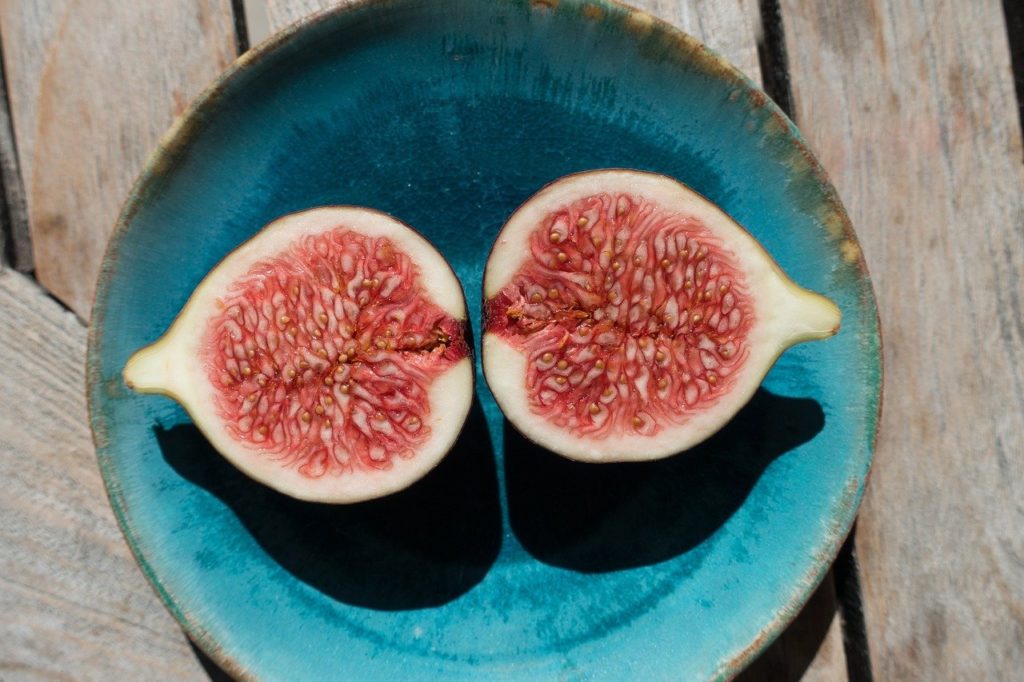
Lately, I’ve been munching on a lot of figs. 🍑 I’m not a fan of fruits that require a lot of prep—like peeling or slicing—so I usually stick to easy ones like tangerines, nectarines, or plums. But figs? You just slice them in half and scoop them out with a spoon. Perfect!
If you didn’t know, figs aren’t actually fruits; they’re flowers. The skin that looks like a fruit’s peel is actually a calyx, and fig lovers often eat it whole. The name ‘fig’ suggests a fruit without a flower, but inside that fruit-like structure, it’s packed with flowers. Because of this, regular butterflies or bees can’t gather nectar from them. Only specially evolved tiny wasps can crawl into the base of the fig to pollinate the flowers.
I find it hard to wrap my head around this. Evolution isn’t something that just goes, ‘Oh, no wasps to pollinate figs? Let me just evolve to fit through this tiny base opening in two weeks!’ 😅 So, how did figs manage to get pollinated during the hundreds of years it took for those wasps to evolve? It’s a mystery.
Of course, maybe in the past, figs had blossoms like other plants, and somehow they teamed up with a few close wasp buddies. The figs might have wrapped their flowers with a calyx, while the wasps evolved to become tiny, no longer than 1mm. They must’ve felt awkward if one side didn’t keep their promise, but thankfully, they did, and now figs are eaten, flowers and all. Or maybe not, who knows? 🤷♂️
Even Adam and Eve used fig leaves to cover themselves out of shame. In the Gospel of Matthew, there’s a story of Jesus, hungry, looking for figs on a tree. Finding only leaves, he said:
From now on, you’ll never bear fruit again, so no one will ever eat from you.
I’ve heard this tale, and while I do respect him, wasn’t that a bit harsh? What do you think? 🤔
Leave a Reply